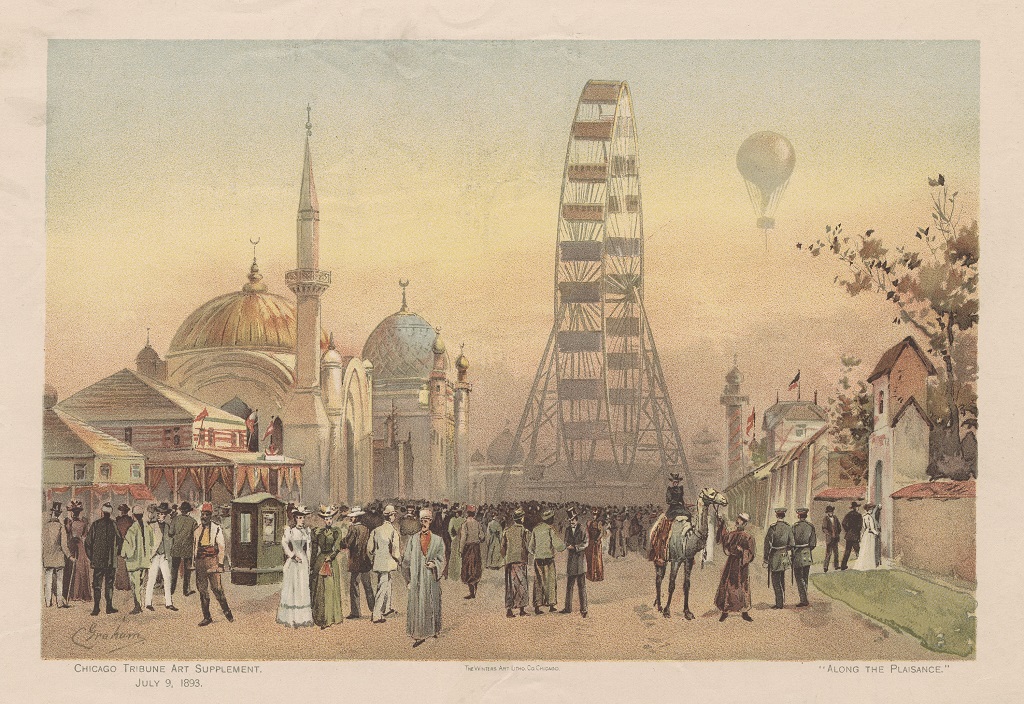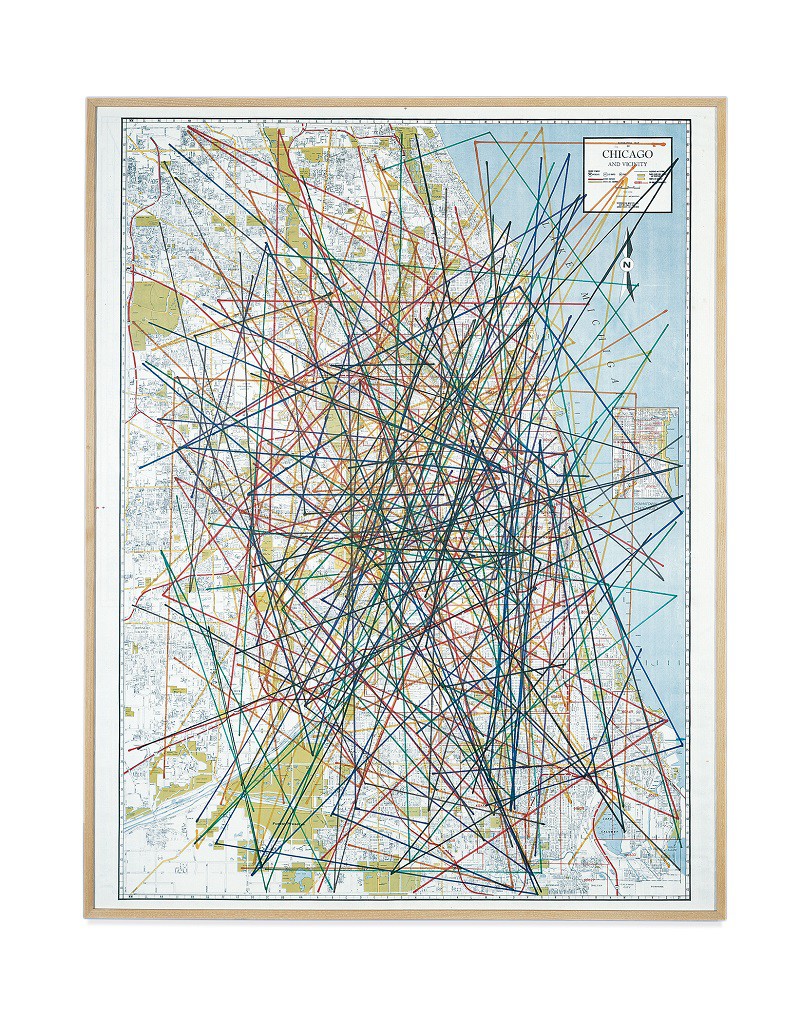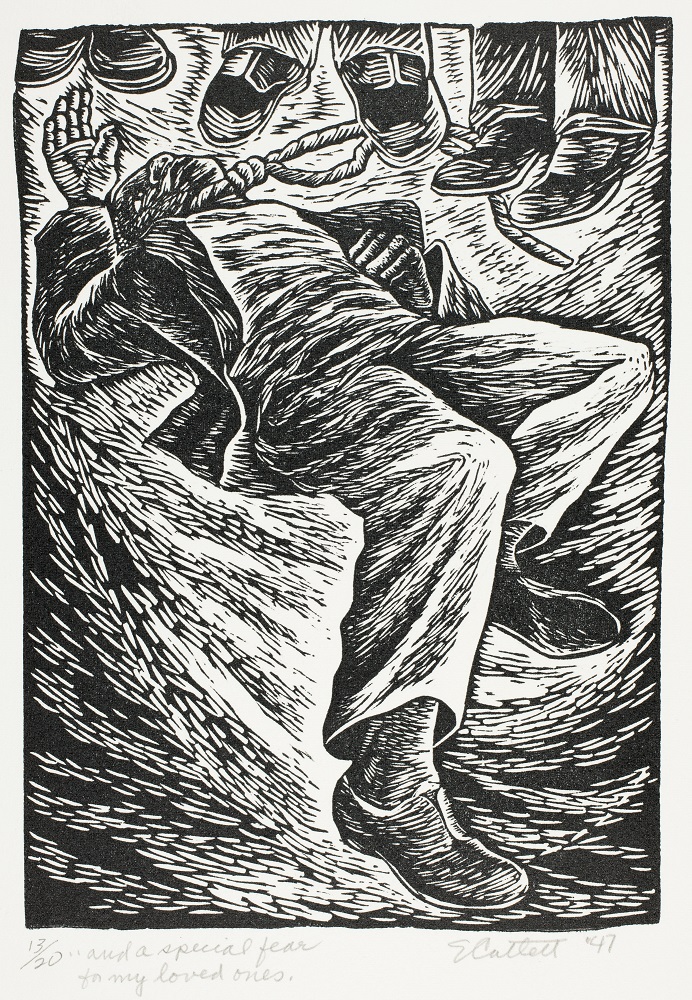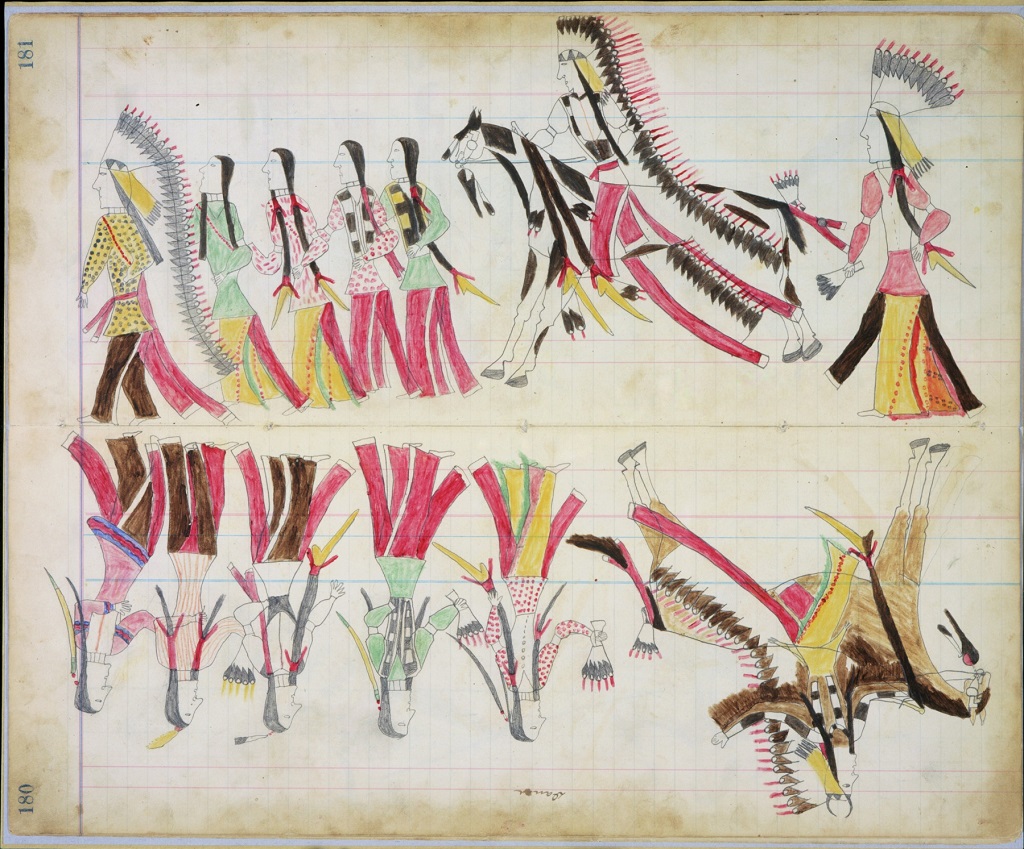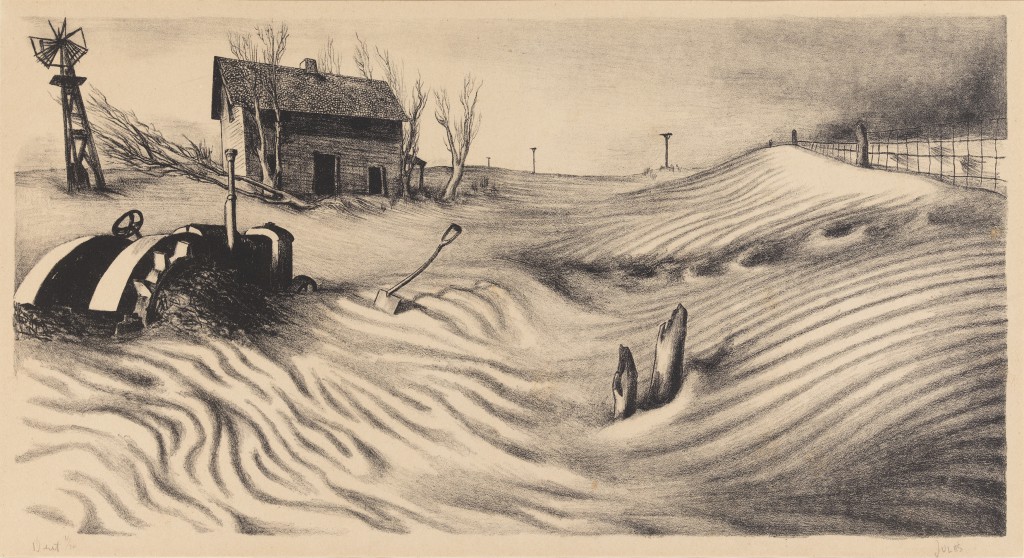Author:
Chicago History Museum Staff
At First Glance
What is the first thing you notice in this picture? What details do you see? Where do you think this scene is taking place? How would you describe this scene to somebody who hasn’t seen this work of art?
Read to Build Knowledge
Pretend you are living in 1893. You travel to Chicago to visit the exciting World’s Fair. What do you see?
There are women in long dresses, men in suits and uniforms, and even people dressed in different styles from around the world. Behind the crowd stands a huge Ferris wheel! It is larger than all the buildings around it. To the right of the Ferris wheel in the distance a hot air balloon takes people into the air to see the Fair from up high.
Look at the building to the left with the golden dome. What else do you notice about this place? At the top of the towers are small crescent shapes. What could those mean? This area was called “Street in Cairo.” It was supposed to look like the city of Cairo in Egypt. The structures included a Muslim Mosque and Egyptian shops.
The World’s Columbian Exposition, also called the Chicago World’s Fair of 1893, was a special time in Chicago’s history. The fair was held to celebrate the 400th anniversary of Christopher Columbus’s discovery of America. Chicago was chosen as the fair location and a large group of people helped to plan it. Over 200 buildings were built just for the fair. They were used to show cultures, inventions, and histories of places around the world.
The Midway Plaisance, shown in this picture, was a very special part of the World’s Fair of 1893. Visitors often just called it the Midway. This one-mile long part of the fair was where you could see people from all over the world, who were living and working at the fair. There were also special rides like the Ferris wheel and Captive Balloon. Everything you wanted to do on the Midway had its own ticket and cost extra money.
The Ferris wheel was invented for the fair. At the highest point on the ride, it lifted its passengers more than 264 feet above the ground. It cost 50 cents for a 20-minute ride. It had 36 cars—34 were just for people, but one car held a band that played live music and another had a lunch counter so people could eat during their ride. The Ferris wheel could hold 60 people in each car.
People could also ride in the Captive Balloon. This hot air balloon carried people 1,500 feet into the air, but it cost $2.00! This may not seem like a lot, but in 1893, $2.00 was worth about $50.00 in today’s money.
This picture was in an ‘art supplement’ in the newspaper, which you got for free if you bought the newspaper that day. Because the 1893 World’s Fair was such a special event in the city, many people wanted to learn more about it and see pictures of what it looked like.
Analyze and Interpret
- What ideas about the 1893 World’s Fair did the artist try to capture in his picture? What did he want people to understand about the fair? What details in the picture make you think that?
- Why do you think the artist chose to show this part of the fair?
- Why did people come to the fair? Would you want to visit this place? Why?
- What things in the picture seem to be from different countries?
- Where can you go today to learn about other countries and cultures?
For further reading (students)
Peck, Richard. Fair Weather. New York: Dial Books, 2001.
Chicago History Museum. “Great Chicago Stories, The Best of the Fair,” http://www.greatchicagostories.org/worldsfair/index.php
For further reading (teachers)
Chicago History Museum. “History Files: The World’s Columbian Exposition,” http://www.chicagohistory.org/history/expo.html
DeWit, Wim, James Gilbert, Neil Harris, and Robert W. Rydell. Grand Illusions: Chicago World’s Fair of 1893. Chicago: Chicago History Museum, 1993.
Rydell, Robert. “World’s Columbian Exposition,” Encyclopedia of Chicago, 2005, http://www.encyclopedia.chicagohistory.org/pages/1386.html

